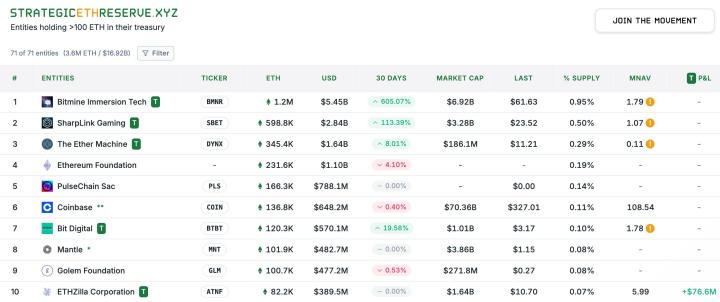Chainfeeds Briefing:
Stablecoins have become a killer application in the crypto realm, with supply surging to $250 billion, driving the arrival of key legislation. This momentum has sparked an arms race, prompting banks, fintech, and payment giants like Visa, Stripe, and PayPal to actively deploy stablecoin strategies.
Article Source:
https://x.com/paraficapital/status/1933196919481782329
Article Author:
ParaFi Capital
Perspective:
ParaFi Capital: From 2019 to 2024, the compound annual growth rate (CAGR) of stablecoin supply reached 158%, with market size reaching $250 billion this year. Despite rapid growth, stablecoins still represent only about 1% of the US M2 money supply. Considering the global $10 trillion offshore euro-dollar market, dollar global demand remains strong. During the DeFi boom, on-chain stablecoin yields drove rapid supply growth. As the crypto bear market and Fed tightening cycle compressed DeFi yields, investors partially flowed back to interest-bearing dollar deposits, leading to a moderate contraction of stablecoin supply by about 15%. Despite macroeconomic headwinds, stablecoin demand has shown significant resilience, supporting diverse remittance, payment, and trading use cases. From 2019 to 2024, monthly active wallets' compound annual growth rate reached 242%. The average monthly active wallets for stablecoins continue to grow, largely unaffected by market fluctuations. This may reflect persistent demand in core applications like payments and dollar access. While USDT and USDC remain dominant, we anticipate dozens of new stablecoins will be launched in the coming years. The most notable new stablecoin is Ethena's USDe, a synthetic dollar backed by basis trading, publicly issued in February 2024. In less than 18 months, USDe has captured 2.2% of the stablecoin market, with a circulating supply of around $6 billion. Meanwhile, USDC has strongly rebounded after the 2023 regional banking crisis, with market share recovering from below 20% to 25%. Despite new stablecoin launches by PayPal, World Liberty Financial, and Ripple, they have not gained significant market acceptance. USDT remains the market leader with a 64% market share. Ethereum and TRON continue to dominate stablecoin activity, representing 52% and 32% of market share respectively. Beyond Ethereum and TRON, no other platform holds more than 5% of stablecoin supply. Solana has solidly become the third-largest network, managing around $11 billion in stablecoins. Adjusted monthly stablecoin transaction volume has nearly doubled in the past year, growing from $409 billion in May 2024 to $757 billion in May 2025. Despite faster and cheaper emerging networks, Ethereum and TRON still dominate transaction volumes, accounting for 35% and 40% of May's volume, consistent with their leading overall supply. Stablecoin usage differs between centralized and decentralized platforms. A significant portion of stablecoin supply remains in centralized exchanges as core liquidity trading pairs. As of late April 2025, around $65 billion in stablecoin supply is held in CEXs, representing 27% of total supply. Binance alone holds 22% of USDT and 16% of USDC supply. After announcing collaboration with Circle last year, Binance's USDC holdings have grown 1.8 times this year. With Circle's recent IPO, focus on USDC supply, distribution partners, and revenue-sharing agreements will intensify. However, stablecoins are increasingly integrated into the DeFi ecosystem, with USDC particularly prominent. About 4% of USDC supply is locked in MakerDAO's Peg Stability Module (PSM), with over $6 billion in stablecoins stored in Safe wallets, demonstrating widespread use in decentralized applications and fund management. USDC has higher DeFi participation, as about 50% of USDT is stored on the TRON network, which has limited DeFi activity. USDT dominates 80% of CEX spot trading volume but only 32% of DEX spot trading volume. 62% of stablecoin supply and 47% of transactions remain untagged, meaning these activities do not originate from identified addresses.
Content Source







